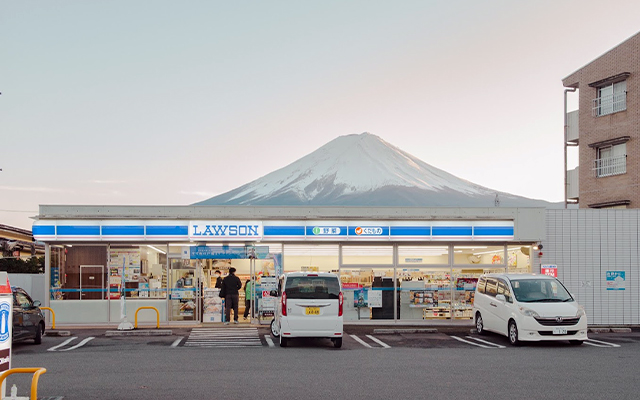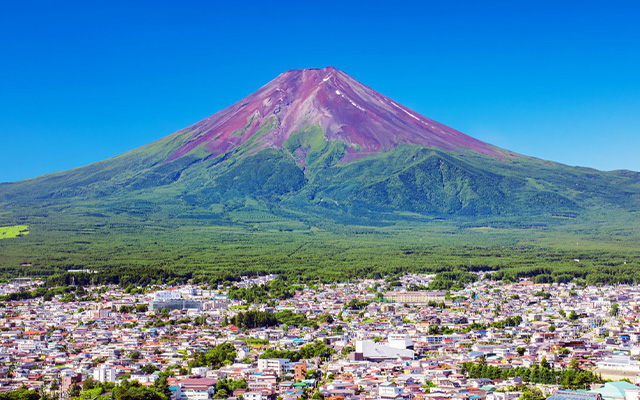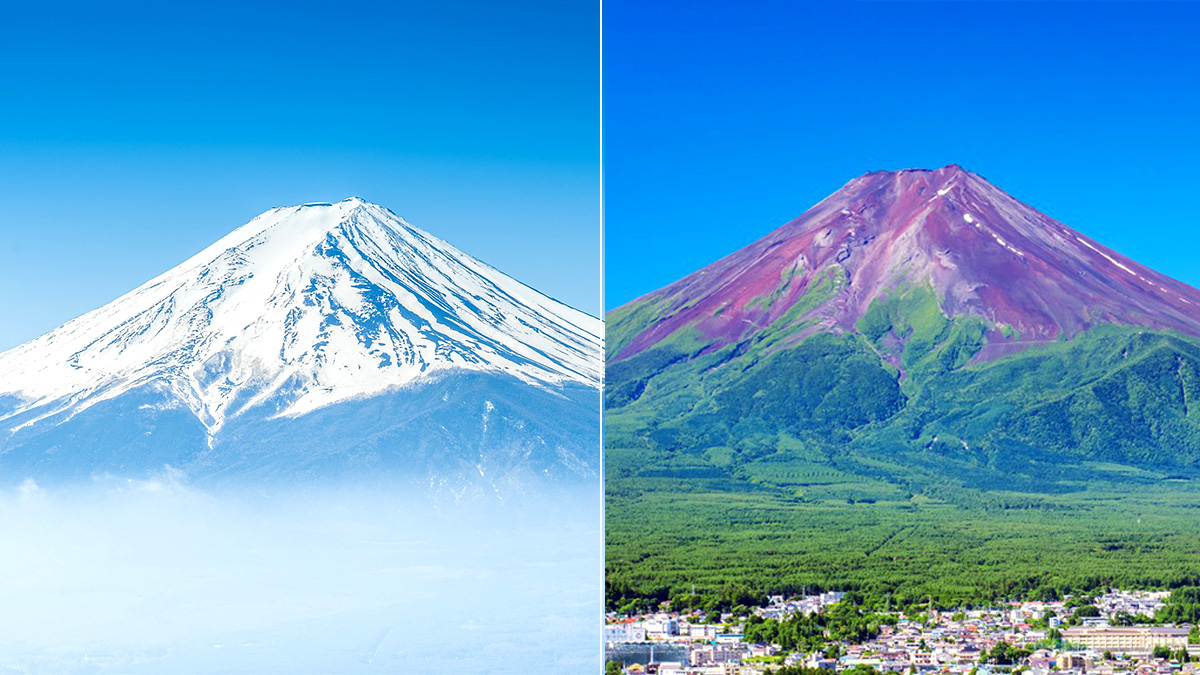(SPOT.ph) Mt. Fuji is naked—er, ice cap less. The iconic Japanese landmark still shows no signs of its unmistakable ice crown despite being well into the early autumn season, says the Kofu Meteorological Agency, as reported by Japan Today.
This is the longest period in which Japan’s highest peak has remained snowless in over 130 years of record keeping. If you plan to visit the many Mt. Fuji viewing points, you might not be able to spot its iconic white-topped, near-perfect cone-shaped look. Here’s what you need to know about this weather delay.

Also read: Fujikawaguchiko Town Officially Covers Famous Mt. Fuji View
Mt. Fuji’s ice cap delay is the longest in 130 years:
Mt. Fuji being iceless isn’t the cause of concern; it’s that the ice cap is delayed. Normally, the ice cap begins to form after the first snowfall is recorded, which usually occurs around early October. Last year, the snow cap formed around October 5. Beating the previous record of October 26 observed in 1955 and 2016, this year marks the longest period it has been snow-less since formal observations on the mountain became available in 1894.
ICYDK, the mountain regularly loses its ice cap, especially between July and September when the summer hiking season opens. During summertime, the mountain gives tourists a different look, still sporting an almost-perfect cone shape, but this time with lots of green and showing off its rocky surface—lending it a look very similar to our cone-shaped beauty, Mt. Mayon.

What this delay means for tourists visiting Japan
Tourists visiting Japan for the cool, crisp autumn weather are currently experiencing higher temperatures than normal. It has already been extensively reported that Japan’s autumn foliage peak times are also experiencing a delay following this summer’s record-breaking high temperatures. As such, many autumn-winter activities, such as skiing and snowboarding, are currently on the back burner as some winter resorts are postponing their openings for the 2024 season.
Whether or not these delays are caused by climate change is still under study. But in statements to the press, weather observers from the Kofu Meteorological Agency have posited that this may be the case.
TLDR: we’ll have to wait a little longer to see the iconic Mt. Fuji we all love and for autumn-winter activities.



